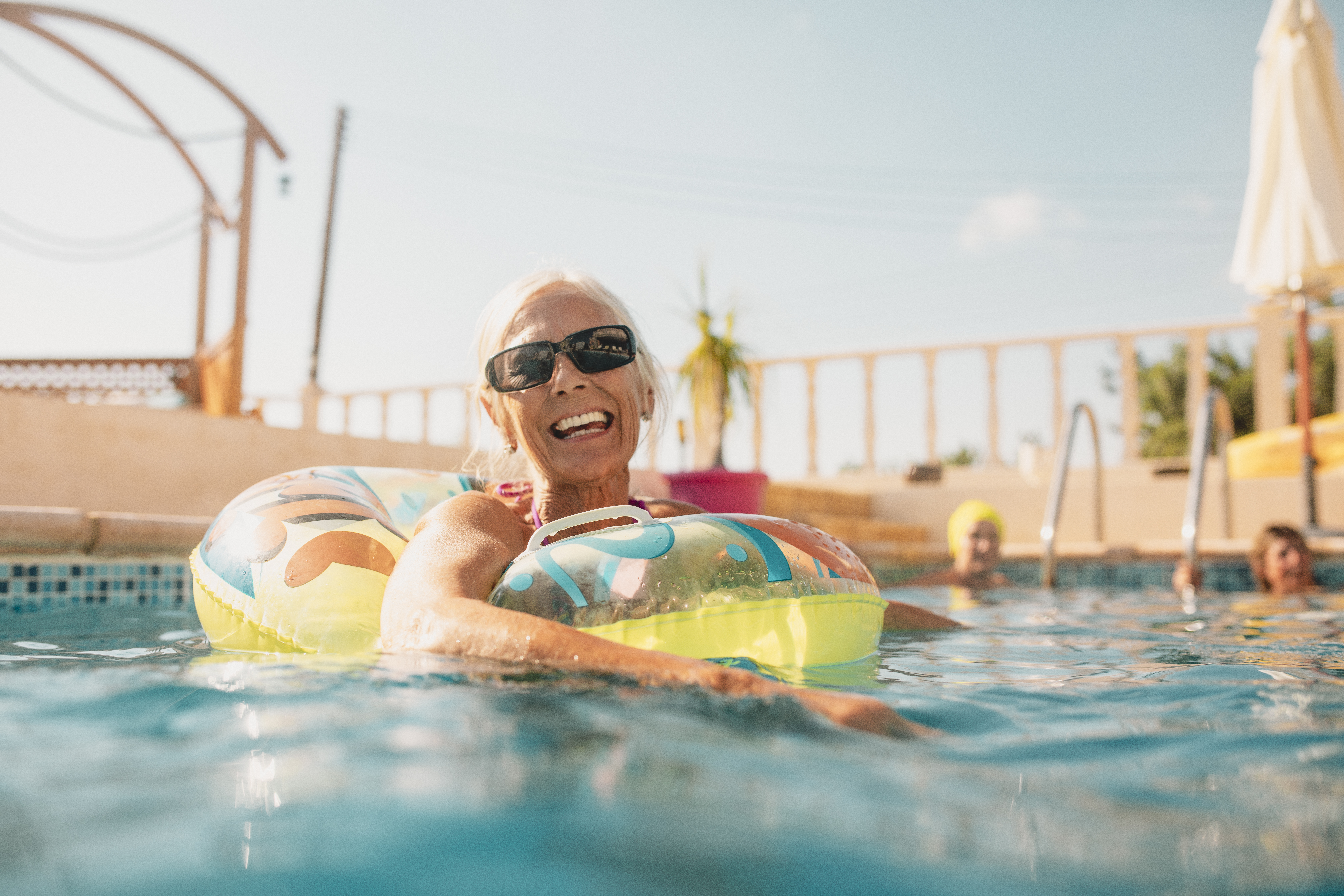AARP Hearing Center

This week, record-breaking temperatures are affecting the Northwest region of America, with records set in the hundreds in cities like Portland and Seattle. Streets are buckling from the immense heat, and some power cables are even melting.
The “heat dome,” as dubbed by meteorologists, spans from the Great Plains to coastal California and up towards Canada, scorching a large portion of America and endangering its residents. And, Americans 65 and older are at special risk.
According to the Centers for Disease Control and Prevention, people aged 65 and older are more prone to heat-related illness, comprising 36 percent of all heat-related deaths in the U.S. As we age, our bodies don’t react as quickly to sudden shifts in temperature. Older adults may have a weakened resistance to heat for many reasons, including certain prescription medications and chronic health conditions that come with age. Today, it’s more important than ever to ensure older Americans know how to protect themselves from the summer heat—especially those currently living through the “heat dome.”
Stay Cool and Hydrated
Our bodies mainly consist of water—60 percent, to be exact. In extreme heat conditions, dehydration is a serious concern and can lead to worse illnesses like heat stroke. The National Academy of Medicine suggests that men drink about 15 and women 11 cups of water each day, but more should be consumed in hot weather. Feeling thirsty is one major sign of dehydration, and the CDC recommends drinking throughout the day, especially when you aren’t necessarily thirsty.
The CDC also recommends staying in an air-conditioning as much as possible and provided the following suggestions to keep cool:
- Do not rely on a fan as your main cooling source
- Avoid using the stove or oven to cook, as it makes your house hotter
- Wear loose, lightweight, light-colored clothing
- Take cold showers and baths
- Do not engage in strenuous activities, and get plenty of rest each night
Watch for Signs of Heat Exhaustion and Stroke
In extreme heat conditions, it’s important to look out for symptoms of both heat exhaustion and heat stroke. Heat exhaustion is a mild form of heat-related illness that develops after exposure to high temperatures for several days. The CDC’s warning signs for heat exhaustion include heavy sweating, paleness, muscle cramps, tiredness/weakness, dizziness, headache, nausea, and fainting. If you see someone experiencing these symptoms, make sure they drink plenty of water and stay in cold, air-conditioned environments.
Heat stroke occurs when the body is unable to control its temperature and cool down. It is one of the most serious heat-related illnesses and can be debilitating if not treated as soon as possible. The CDC’s warning signs for heat stroke include an extremely high body temperature (over 103°F), a rapid pulse, throbbing headache, hot/dry skin, confusion, and unconsciousness. Seek immediate assistance if you see anyone with these warning signs. While waiting for the paramedics, here are some ways to cool a victim down:
- Get the individual to a shady area
- Cool the individual with whatever methods you can, whether it be spraying them with a cold water from a garden hose, taking them into a cold bath or shower, or wrapping them in a wet sheet and fanning vigorously
- Do not give the individual alcohol
- Monitor body temperature and continue cooling efforts until temperature reaches around 101-102°F
As we enter July and the warmer weeks of summer, it’s more important than ever to protect yourself from heat-related illnesses by staying cool and hydrated. For more information, please visit cdc.gov.































































